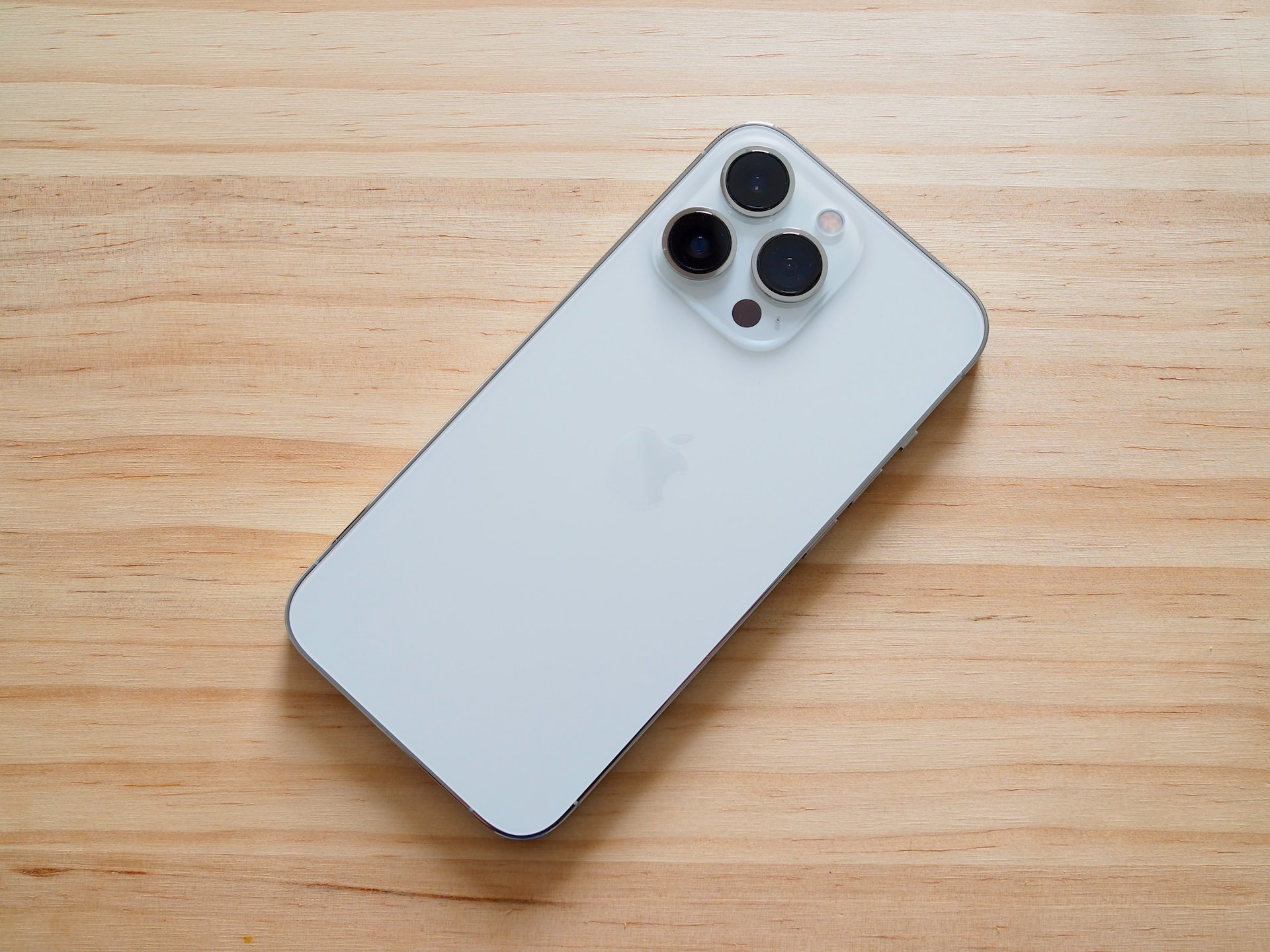
How Does 5G Tech Really Work?
5G uses higher frequencies than previous mobile networks, known as millimeter waves, to deliver faster speeds and lower latency. These higher frequencies have shorter wavelengths, which means they can carry more data but can also be easily blocked by obstacles like buildings and trees.
To overcome the limitations of millimeter waves, 5G networks use small cell networks to transmit signals. These small cells are placed in densely populated areas like cities and use a combination of millimeter waves and traditional lower-frequency bands to provide coverage.
5G networks also use a technology called massive MIMO (multiple input, multiple output) to increase the capacity of the network. This technology uses multiple antennas to transmit and receive signals, allowing the network to handle more data at once.
Another key feature of 5G is network slicing, which allows the network to be divided into different virtual networks that can be tailored to specific use cases. This means that different devices and applications can have different requirements for speed, latency, and bandwidth, and the network can be customized to meet those needs.
These networks also rely heavily on cloud computing to handle the massive amounts of data that are generated by the network. By offloading processing tasks to the cloud, 5G networks can provide faster speeds and lower latency than previous generations of mobile networks.

5G Relies On Cloud Computing
5G networks also use a technology called beamforming to improve the reliability of the network. Beamforming uses advanced algorithms to direct the signal to specific devices, rather than broadcasting the signal in all directions. This can improve the signal strength and reduce interference from other devices.
Additionally, 5G networks are designed to support the growing number of IoT devices that are being connected to the internet. With 5G, it will be possible to connect many more devices to the network, from smart home appliances to autonomous vehicles and industrial equipment.
In conclusion, 5G is a revolutionary technology that is designed to provide faster speeds, lower latency, and more reliable connections than previous generations of mobile networks. By using higher frequencies, small cell networks, massive MIMO, network slicing, cloud computing, beamforming, and IoT connectivity, 5G networks are poised to transform the way we live and work. While there are still challenges to be overcome, such as the need for more infrastructure and the limited range of millimeter waves, the potential benefits of 5G are enormous, and we can expect to see widespread adoption of this technology in the coming years.

5G Is Designed For The Internet Of Things







